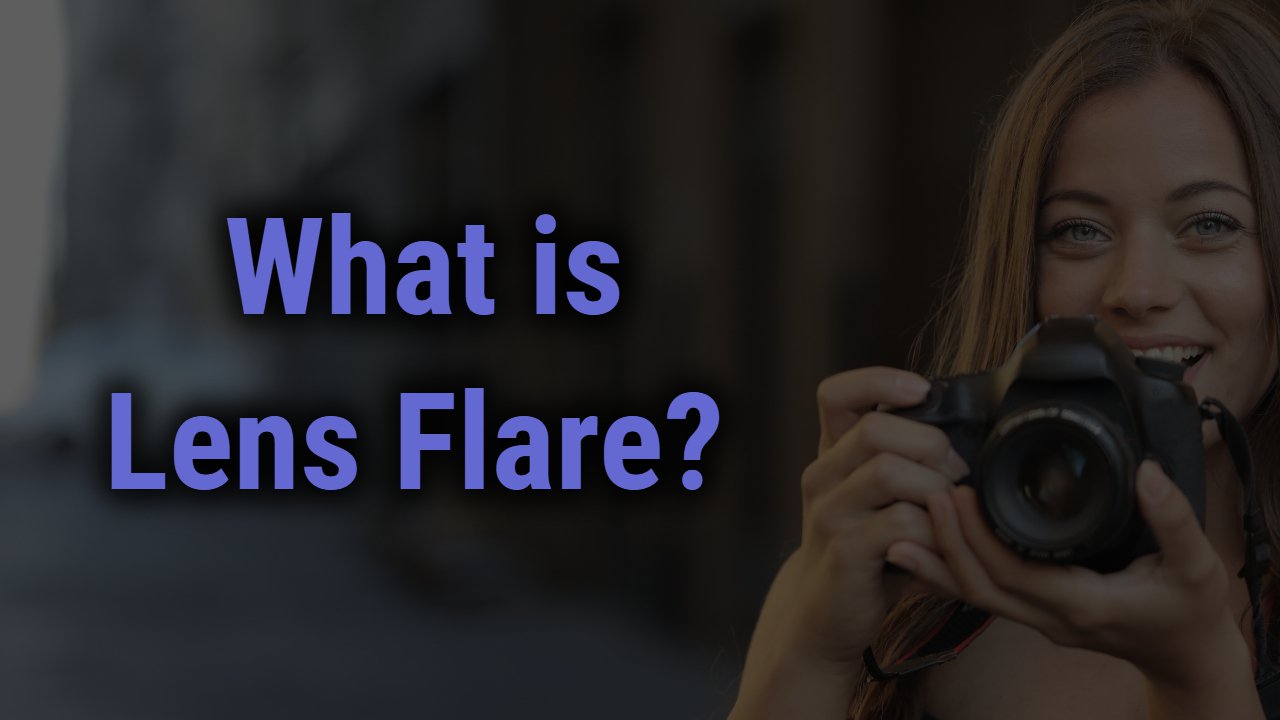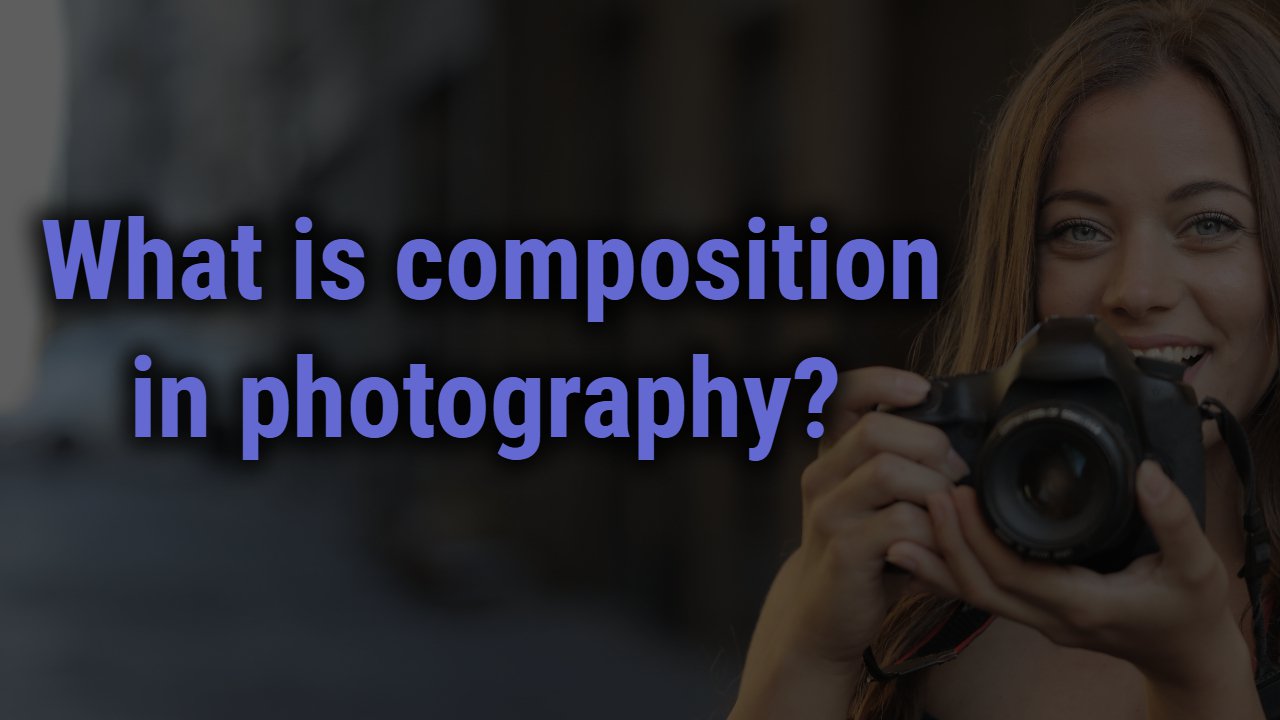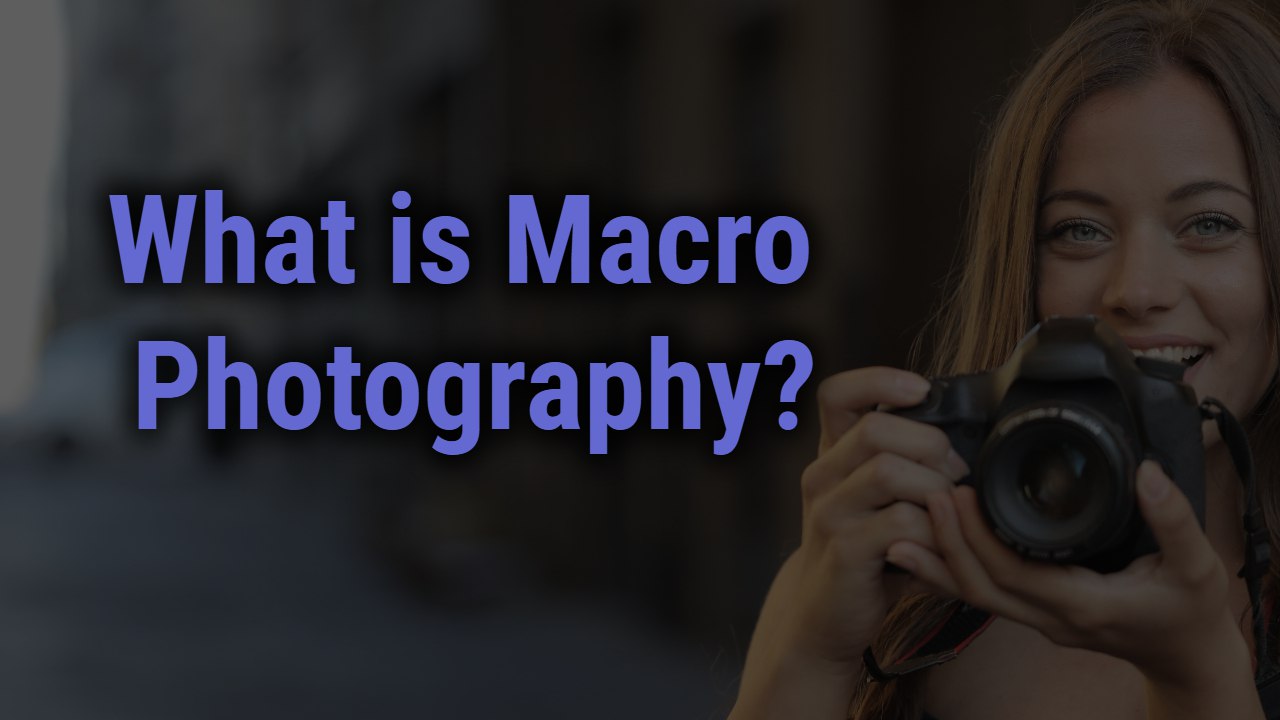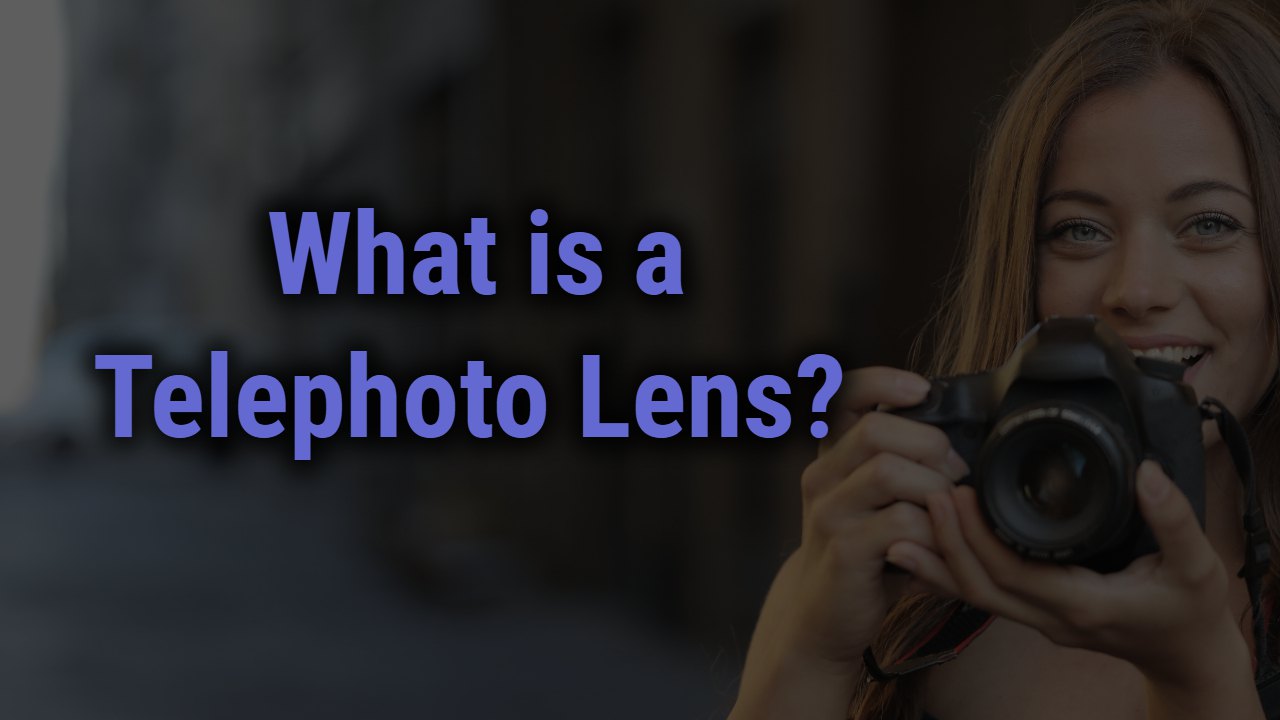Have you ever wondered what those bright light looks are that occur in your photographs and look like a spotty occurrence, making your photograph look distorted or similar? If so, then it’s a concept called Lens Flare. Often photographers get across this issue.
Although lens flare is sometimes added as an effect on photographs, photographers usually consider it a major problem. Let’s take an example of this. Suppose you visited a movie theater. Suddenly, it gets difficult for you to adjust to the changes in the light. This can happen due to flare.
This is more likely to occur in amateur photography or videography. However, having accurate information about it and using some creativity can make this better. Before getting into details, let’s discuss what exactly a lens flare is.
This Post Contains
What is Lens Flare?
Lens flare refers to a situation where a source of bright light has more brightness that enters the camera lens. This, in turn, hits the camera’s sensors and scatters around. Any non-imaging form of bright light, such as the sun, can lead to lens fare. People also call it a light flare or a lens glare, which is quite common.
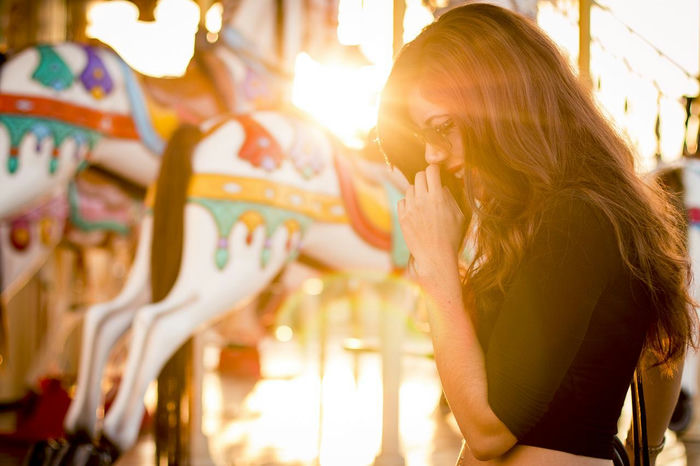
The lens flare happens when lights get scattered and reflected in the camera’s internal components, like the aperture blades. It will lead to a spotty look in your eyes when looking at the brightness.
Now, you can’t change this occurrence even if you are using a DSLR camera or different types of lenses. All of this can lead to glare or distortion of images. However, there are ways to use it to your benefit or reduce it. You will know this by the end of this article!
How Does Lens Flare Look In A Picture?
There are 2 main ways lens flare can be visible in the photographs you click. These include:
#1. It might seem like a haze or blur in your picture, adding a faded look or making the contrast look different. As a result, you will get a picture that seems washed out.
#2. You may see starbursts in the pictures due to lens flares. Its size would depend upon your lens’ aperture size and shape.
Are Lens Flares Considered To Be Bad?
Some people consider it as a factor that negatively impacts the resulting pictures. Some photographers may even try shooting away from the sun to avoid lens flare. Why? Removing the flares from the pictures can be a tough task, even through editing.
However, does it have a negative impact on your pictures? If you are wondering whether lens flare is a good thing or bad, you are at the right place. Through some research, it’s notable that these aren’t really negative for your pictures. They naturally occur in photographs.
We can embrace this effect. You will notice that some people willingly add lens flare effects to their photographs. This effect adds a unique look to your image, making it look washed out or faded. Some people love this effect.
However, it’s not that much of an incredible idea for professional use. It’s because it can make your images look less professional. The best part of lens flare is that it can perfectly add a nostalgic feeling to your images when you are on vacation or out with family.
Meanwhile, they can also be distracting, making it difficult for viewers to understand what’s on the screen. If you want to build an emotional or nostalgic look to the photographs, then lens flare is good. However, if it’s for professional use, then it’s better if you avoid it.
Factors That Affect Lens Flare
You would notice how several lenses come with special multi-coating technologies. This helps to reduce flares and ghosting as well. Several factors affect the way flares would be noticeable in your photographs. Let’s learn more about these factors below:
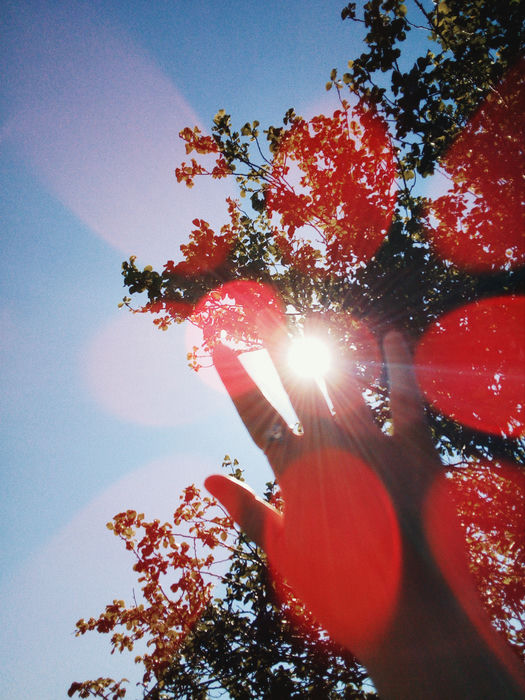
Focal Length
The best lens to handle lens flares is a wide-angle lens. They are designed in a way that has small focal lengths and can help in preventing lens flare to some extent. However, telephoto lenses are the exact opposite. They can enhance the lens flares on your photographs as they can enhance such effects.
Lens Element
The number of lens elements also plays a crucial role in determining whether you would notice ghosting and flares or not. The higher its number is, the more noticeable the ghosting will be.
Lens Design
Another factor affecting the lens flare is your lens design. If the front elements are more recessed, there will be fewer flares and distortion, even if there isn’t any lens coating.
Filters
There are different types of filters. You would notice how low-quality filters may affect the photograph quality. As a result, more flares and ghosts will be visible in an image taken with lens filters of low quality.
Multi-Coatings
You would have heard about Multi-coating lenses. These lenses greatly impact the performance and effects of lens flares on your resulting photographs.
Dirt & Dust
It’s crucial to have clean lenses and maintain them regularly. It’s because lenses can get dirty over time as dust accumulates. In addition, any internal dust in the lens can enhance the flares in your photographs and even lead to distortions in images. That’s why you should keep your lenses clean all the time.
How To Avoid Lens Flare With Lens Hood?
Do you wish to avoid lens flare’s effects on your photographs? If so, the best thing would be to use a lens hood. Yes! They are very useful. When a strong light source enters your lens and shatters, it leads to reflections on images leading to the origin of lens flare. However, the lens hood locks such reflection on the lens, preventing elan flare directly.
Several people have complained about lens flare. However, not everyone knows that adding a lens flare to your camera lenses can help you prevent this effect and have a seamless photography session even under bright light sources like the sun.
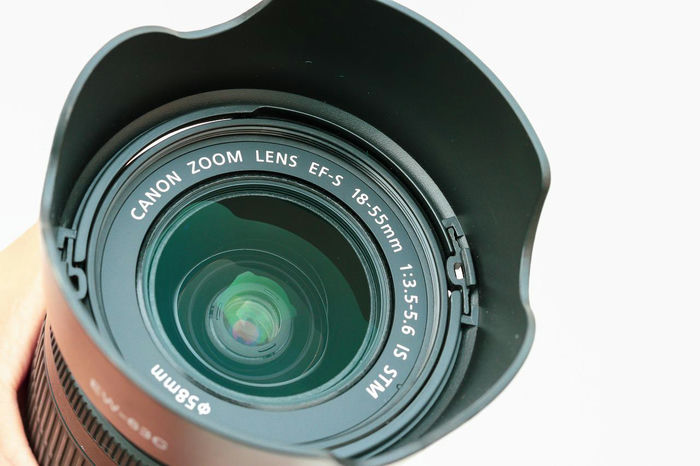
A Lens hood refers to a camera attachment you can add to your lens’ front. It helps in preventing flare to some extent and block bright light sources. As a result, these lights won’t be able to touch your camera lens sensor. Not only that, but it also prevents any water drops from getting on the lens, which can help reduce flares.
Other Ways To Avoid Lens Flares
If you wish to prevent lens flare without using a lens hood, then you can check out the below-mentioned tips:
DIY Method
You can simply use your hand or any other object. You only have to put your hand or the object over the lens to block bright light from entering the lens. This will prevent reflections in your internal lenses, leaving your photographs free from flares.
High-quality Lenses
This is the best way to avoid flares. Several high-quality lenses come with multiple technologies. They have premium-quality coatings on the lenses that prevent lens flare. Although these lenses can be costly, you would get ultimate flares-free results.
Change the Perspective
A light would be coming from a specific source. For example, if you are shooting under the sun, the light would definitely be coming from the sun’s direction. Hence, instead of shooting directly parallel to it, changing the perspective or position is better. It can lead to immense changes in the effects as the position of the light source will be different now.
Using Prime Lens
As discussed above, zoom lenses aren’t very ideal when it comes to reducing flares. That’s why you should use prime lenses, which include a simple and more efficient optical formula. In addition, they even have fewer lens elements compared to zoom lenses. As a result, you would notice reduced flares since it has fewer elements.
Some people may want to use it once or more for different purposes. Are you someone who wants to try lens flares in your photographs for a change of pace? If so, then you can follow the below-mentioned tips.
Tips For Getting Lens Flares
If you want to experiment with your photography, you can find these tips beneficial for adding lens flares. Let’s get into it.
Shoot directly parallel to the light source
As you know, lens flare can only occur if light enters your lens. Hence, you have to shoot directly facing the light so that it can enter the internal lens and shutter around for reflections.
Subject in front of the light
Another option to increase lens flare is to ensure your subject is in front of the bright light. Although it will prevent light from entering to some extent, you would still notice some hints of flares at the corners, adding a unique look to the images.
Change aperture settings
You can play with your camera’s aperture settings if you change it to be smaller and then open up a bit after a few clicks. That way, you can check which setting can help with enhancing the flares.
Use Camera Filters
As discussed above, lens filters can help enhance your images’ flare effects. In addition, different types of lenses can help add different effects to your images. There are effects filters, polarizing filters, UV filters, and whatnot. You can create controlled flares using these filters or lenses.
Night Experiments
Not only the sun but other sources of light can also help in creating lens flares. For example, if you shoot in front of a street lamp at night, you will notice that your images produce different looks. It can provide you with the nicest-looking flares.
Conclusion
Lens flares are effects on your photographs that make pictures look washed out or faded. Some people use it as an effect to create a nostalgic feel for their pictures. However, some may prefer it to be a bad outlook.
Nonetheless, we can say that lens flares aren’t good for professional photographs, and it’s true. There are several ways to avoid lens flare, and the best affordable way would be to use a lens hood. If you can handle a costly alternative, you can go for high-quality lenses with premium-coating technologies.
However, if you want to take pictures with lens flare to add emotional outlooks, then you can try out the tips that we have mentioned. In any way, I hope this article helps you out.

